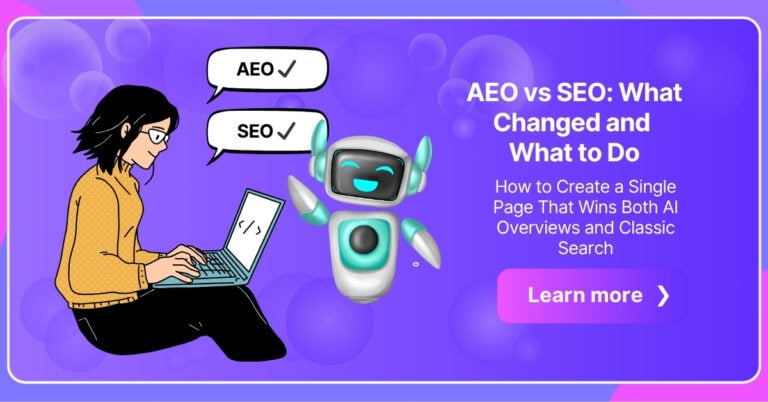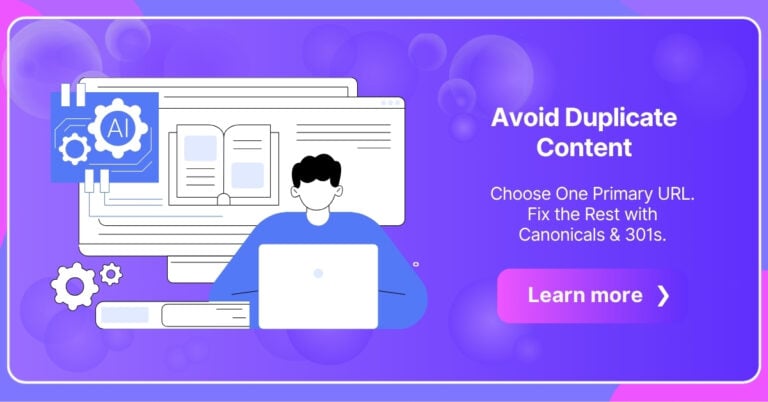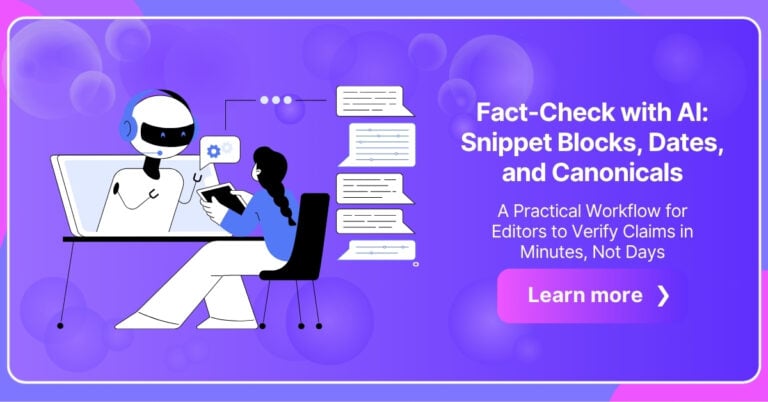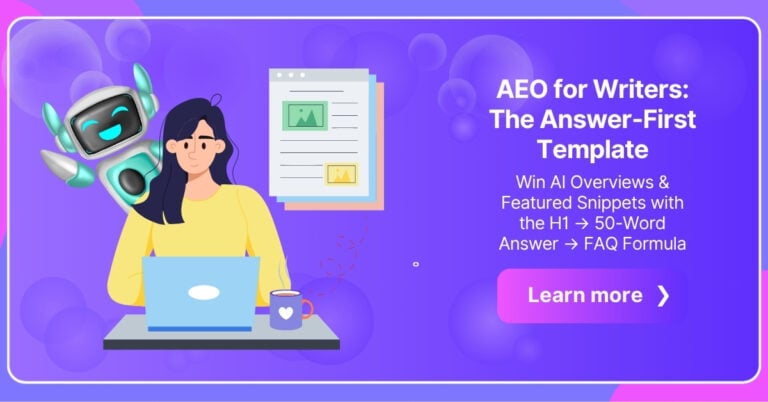A custom persona is a detailed representation of a specific user type, created to reflect real goals, behaviors, and preferences. It helps guide decision-making in areas like marketing, product development, and AI interactions.

By building a custom persona, teams can better understand their audience and tailor their messaging or experiences accordingly. This leads to more meaningful engagement and improved outcomes.
Custom personas are used across industries to create more relevant, user-focused strategies. Whether for designing a website or training a chatbot, they offer a practical way to stay aligned with user needs.
In this guide, you’ll learn what a custom persona is, why it’s valuable, where it can be applied, and how to create one step by step.
Defining Custom Persona
A custom persona represents a real subset of your audience—not just a hypothetical profile—capturing their goals, expectations, behaviors, and motivation factors. Think of it as a practical, research-backed snapshot that teams can design and communicate against.
Types at a glance
• Buyer/Customer Persona: purchase drivers, objections, channels.
• User Persona: product usage goals, contexts, workflows.
• Proto-Persona: assumption-based starter used before research; replace once data arrives.
• AI/Chatbot Persona: role, tone, scope, and guardrails for conversational agents.
A critical yet often overlooked aspect is emotional context. Demographic and behavioral data form the base, but layering in emotions and triggers (fears, motivations, trust signals) makes personas resonate in real interactions. Use a mixed-methods approach: combine quantitative patterns (analytics, user interaction metrics) with qualitative depth (interviews, call reviews, open-text feedback).
For example, a healthcare chatbot persona can incorporate empathy cues mapped from patient sentiment while still giving precise, compliant answers. The real challenge is balance: too much warmth can blur technical clarity; too little can erode trust—what works for playful retail may feel unsafe in medical contexts.
By embedding emotional intelligence into personas, businesses can create AI agents that not only inform but also connect, fostering trust and engagement.
Why this works: Personas have decades of usage in UX and marketing; modern practice extends them with data science and AI operations. Avoid the “Elastic User” (shifting, undefined target) and self-referential design by anchoring every attribute in citations and use cases.
The Importance of Custom Persona in Modern Strategy
Custom personas play a crucial role in modern strategy by bridging the gap between data and human understanding. They allow businesses and creators to move beyond assumptions and make informed decisions based on realistic user models.
When teams align around a well-defined persona, it becomes easier to prioritize features, craft messaging, and improve user experiences.
Here’s why custom personas are important in today’s strategic planning:
- They support customer journey mapping and service design by aligning copy, UX, and ops around real moments.
- They prevent stereotypes and scope drift by forcing teams to validate assumptions and document exclusions.
- They enable governance – clear owners, update cadence, and KPIs so personas stay living documents.
- They help unify teams with a shared understanding of the target audience
- They improve product design by focusing on real user needs and goals
- They enhance marketing campaigns through tailored content and messaging
- They reduce guesswork and support data-driven decision-making
Creating Effective Custom Persona
Creating effective custom personas begins with understanding your audience through research and analysis. The goal is to develop a realistic, detailed representation of the people you’re trying to reach or serve.
This process combines qualitative insights with quantitative data to ensure each persona reflects actual user behavior, needs, and motivations. A well-crafted custom persona acts as a reference point across teams, helping to guide product features, communication strategies, and user experiences.
Start with outcomes: define the decisions this persona will inform and the KPIs you’ll track (e.g., conversion, CSAT, activation, time-to-resolution).
Step 1: Conduct Audience Research
Gather data through interviews, surveys, analytics, and customer feedback to identify trends, needs, and behavior patterns.
- Use mixed methods: interviews, surveys, win/loss notes, support logs, session replays.
- Where sample size permits, explore data-driven segmentation (e.g., clustering on behavior/events) to validate patterns.
Step 2: Identify Key Segments
Group users by shared characteristics such as goals, challenges, demographics, or usage habits to define distinct segments.
- Label each segment with inclusions/exclusions and known anti-patterns (who this persona is not).
Step 3: Build Persona Profiles
Create a detailed profile per segment, including name, context/biography, goals & anti-goals (JTBD), pain points & likely objections, motivations/trust signals, preferred channels, technology use, accessibility needs, and a short summary quote that captures their voice.
Step 4: Validate with Stakeholders
Share personas with product, design, marketing, sales, and support to vet realism. Add a quick bias/accessibility check (are we stereotyping? are we excluding?). Confirm traceability: what data supports each claim?
Step 5: Apply Personas Strategically
Apply personas to roadmaps, copy, onboarding, support flows, and AI behavior. Define owners, a review cadence (e.g., quarterly), and success metrics (e.g., adoption lift, funnel conversion, NPS/CSAT movement). Close the loop with experiments and update the persona when metrics shift.
Introducing CustomGPT.ai: A Practical Tool for Building Custom Personas
CustomGPT.ai is a no-code platform that helps users create AI chatbots powered by their own data. It allows for detailed customization, making it easy to align chatbot behavior with specific user personas.
The platform supports various data formats, including websites, PDFs, and documents. This ensures the chatbot responds with accurate, relevant information based on your content.
For AI use cases, grounding the agent in your content helps reduce hallucinations, while persona instructions keep tone and scope consistent across channels.
For those looking to apply custom personas in real AI applications, CustomGPT.ai offers a practical, flexible solution. It turns user insights into intelligent, conversational experiences. Head here if you want to give it a shot.
How to Create a Custom Persona Using CustomGPT.ai
Creating a custom persona with CustomGPT.ai is quick and user-friendly. The platform allows you to build AI agents that reflect specific personalities, tones, and knowledge bases, all tailored to your use case.
Step 1: Create a New Agent
Log in to your CustomGPT.ai account and click “Create Agent.”

Step 2: Upload Content
Add relevant documents, website links, or files. This content serves as the knowledge base your agent will use to generate responses.

Step 3: Define the Persona
Customize tone, voice, role, and behavior. For reliability, include: identity & remit (what the agent does/doesn’t do), knowledge scope (what sources it may use), style & tone (formal/concise/friendly), formatting rules (bullets, summaries), refusal/safety rules, and fallbacks (“If unsure, ask for clarification or cite source.”)

Step 4: Test and Deploy
In the “Ask” section of the left, run sanity prompts (common tasks), edge prompts (ambiguous, risky, or adversarial), and a quick adherence check (“Does the voice match the persona?”). Iterate, then deploy via link, widget, or integration.

Applications of Custom Personas
Custom personas power engagement across industries: e-commerce (real-time relevance and tailored recommendations), healthcare (empathetic, compliant communication), and services/gaming (adaptive experiences that respond to context). They’re dynamic, not static—personas evolve as user needs and behaviors shift.
Use them to map journeys (who needs what at each step) and build service blueprints (how teams and tools deliver consistently). Beyond marketing and product, personas guide sales enablement (objection handling, talk tracks) and support playbooks (triage rules, escalation paths). When embedded into centralized AI workflows, they help unify data sources and make outcomes measurable.
Practical outputs: prioritized features, tailored onboarding, channel-specific messaging, escalation rules, and agent scripts aligned to clear expectations.
Marketing and Advertising
Custom personas help marketers craft messaging that speaks directly to real interests, goals, and pain points—so campaigns feel timely and relevant rather than broad or generic. They also shape offers, creative angles, and sequencing by lifecycle stage, ensuring each touchpoint reflects what the segment actually values.
Personas inform channel selection (email, social, search, display) and timing, based on where each segment is most active and receptive. Measure impact with persona-aligned KPIs—CTR, lead-to-MQL, CAC/LTV by segment, and repeat rate—to see which messages and channels resonate. When product benefits map cleanly to persona needs, marketing becomes more strategic, conversion improves, and brand loyalty strengthens over time.

Build a Custom Persona That Truly Connects with Users!
Design AI agents that resonate with your audience, delivering personalized and impactful interactions.
Get started for freeProduct Design
Personas capture real users’ needs, motivations, and constraints so teams prioritize the right features and flows. A persona-driven process reduces assumptions, builds empathy, and keeps UX consistent from concept through iteration. Call out anti-goals and accessibility needs early, and use personas to validate decisions and cut rework.
AI & Chatbots
Personas define a bot’s role, tone, and interaction style so replies match each audience. For example, a financial chatbot for professionals stays formal and concise, while one for students can be more casual. Pair the persona with guardrails (refusals/compliance), retrieval for trusted answers, and quick probe tests to ensure tone, correctness, and safety.
FAQ
What is a custom persona?
A custom persona is a detailed, research-based profile that represents a specific type of user, capturing their goals, behaviors, and preferences.
Why are custom personas important?
They help teams make user-centered decisions in areas like marketing, product development, and AI design, improving relevance and outcomes.
How are custom personas created?
They are built using a mix of quantitative data and qualitative insights, often through surveys, interviews, and analytics.
Where can custom personas be applied?
They are used across industries including e-commerce, healthcare, gaming, and AI to personalize experiences and improve user engagement.
What makes a persona truly effective?
Incorporating emotional intelligence along with data ensures the persona resonates with users and drives meaningful interaction.
Conclusion
Custom personas are essential tools for creating user-focused strategies. They help transform raw data into relatable profiles that guide decision-making across marketing, product design, and AI development.
By combining emotional insight with behavioral data, personas offer a more complete understanding of users. This leads to better engagement, improved experiences, and more effective communication.
With tools like CustomGPT.ai, creating and applying custom personas is easier than ever. It empowers teams to build AI agents and solutions that reflect real human needs and expectations.
If you’re ready to bring your personas to life through intelligent, personalized AI, explore what you can build with CustomGPT.ai’s personalized AI chatbot platform.
Build a Custom Persona That Truly Connects with Users!
Design AI agents that resonate with your audience, delivering personalized and impactful interactions.
Trusted by thousands of organizations worldwide








